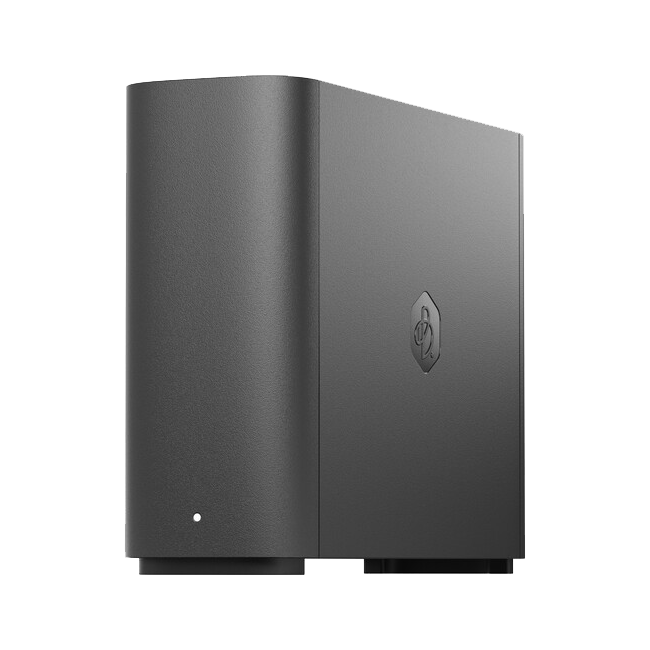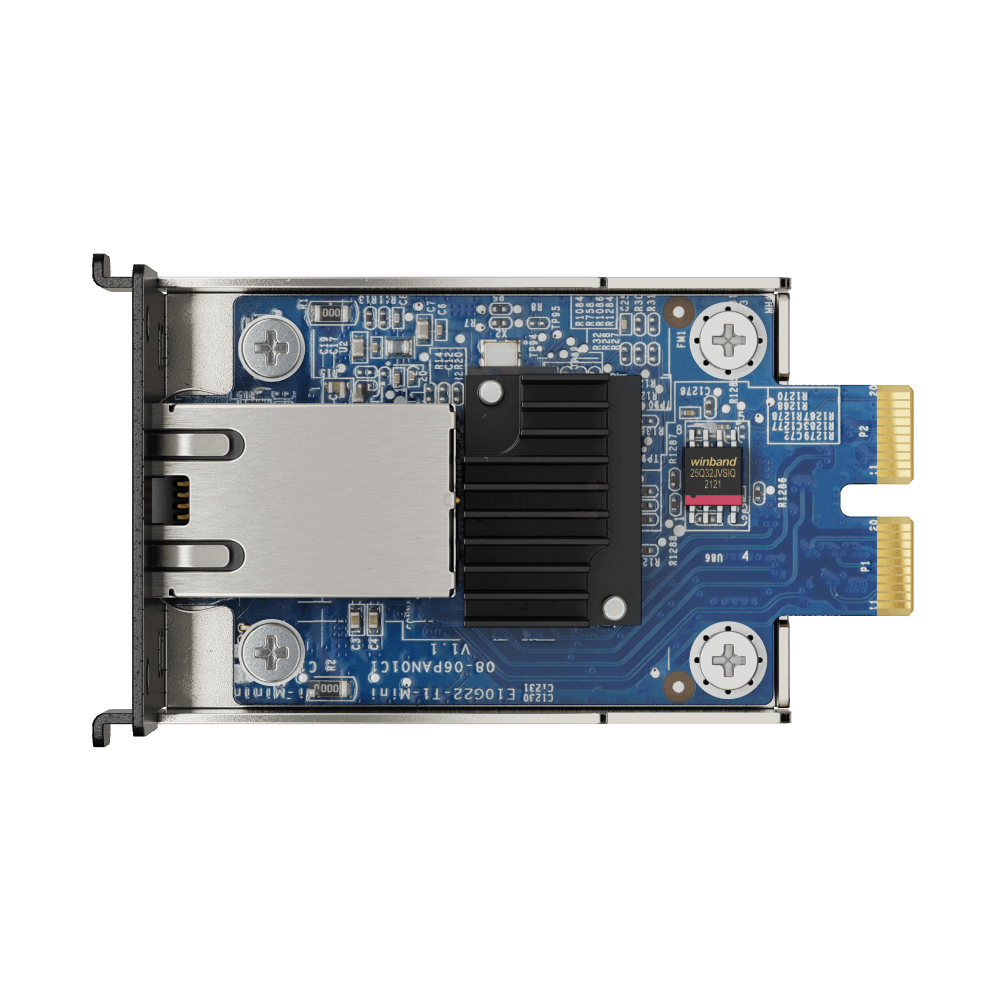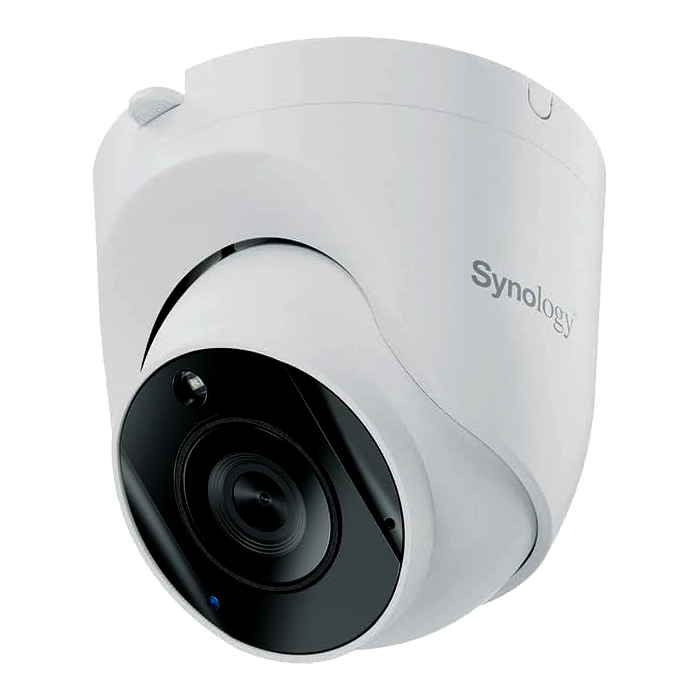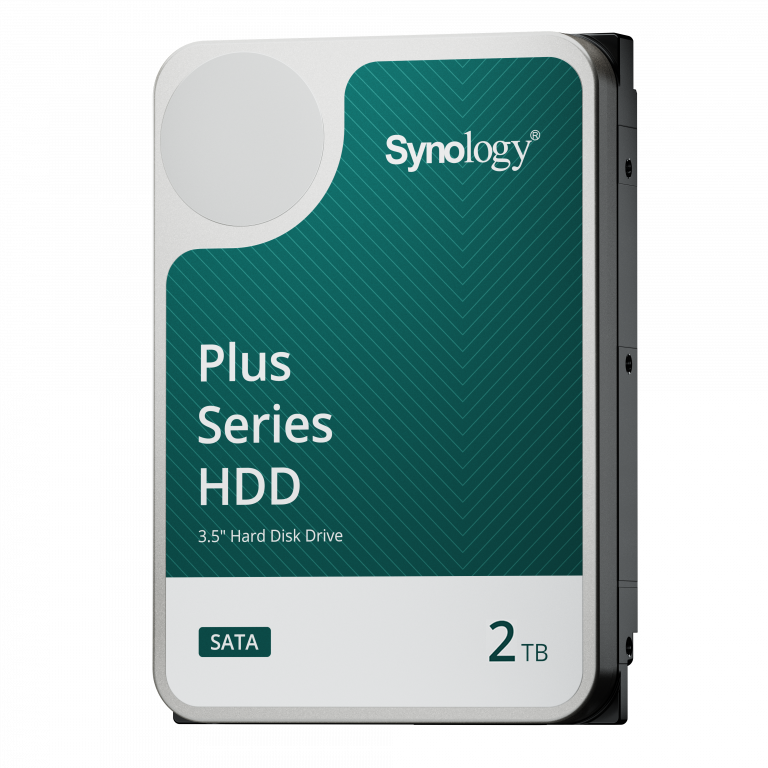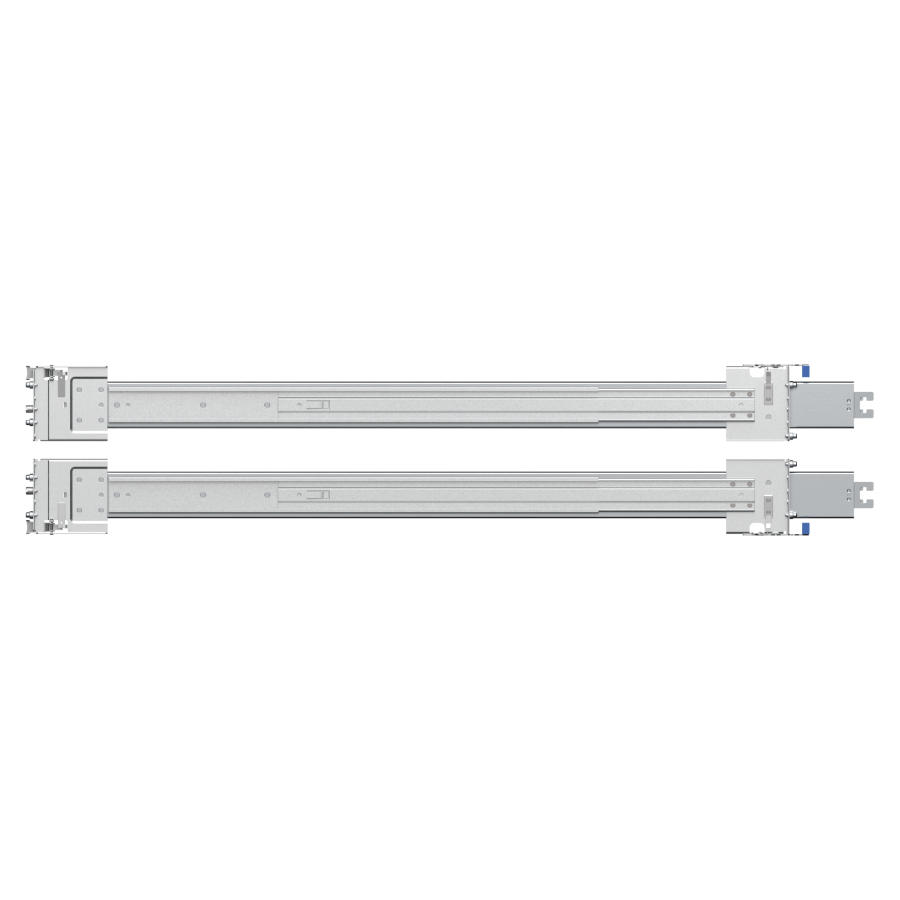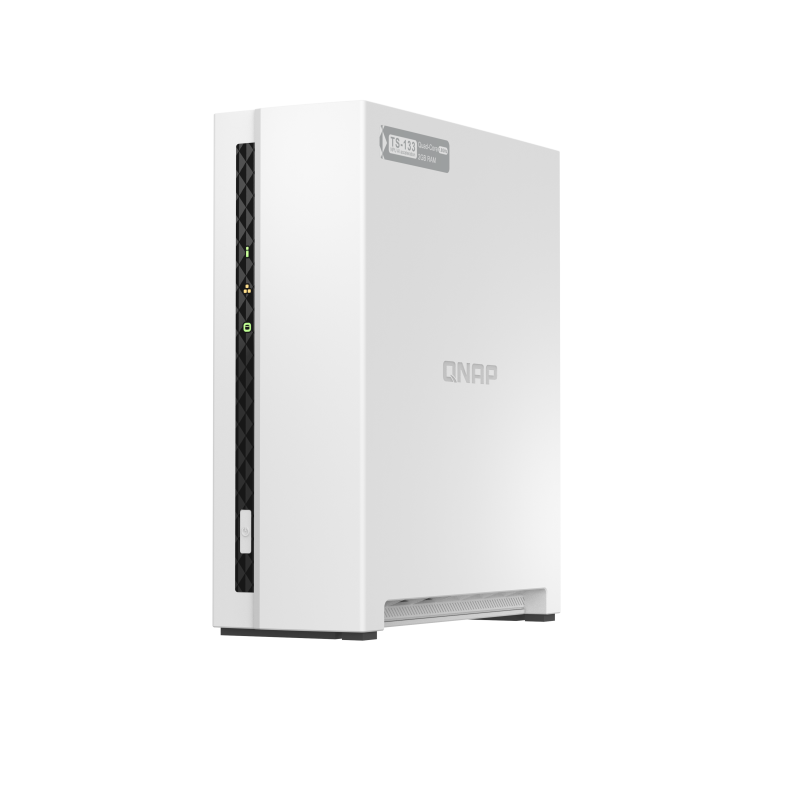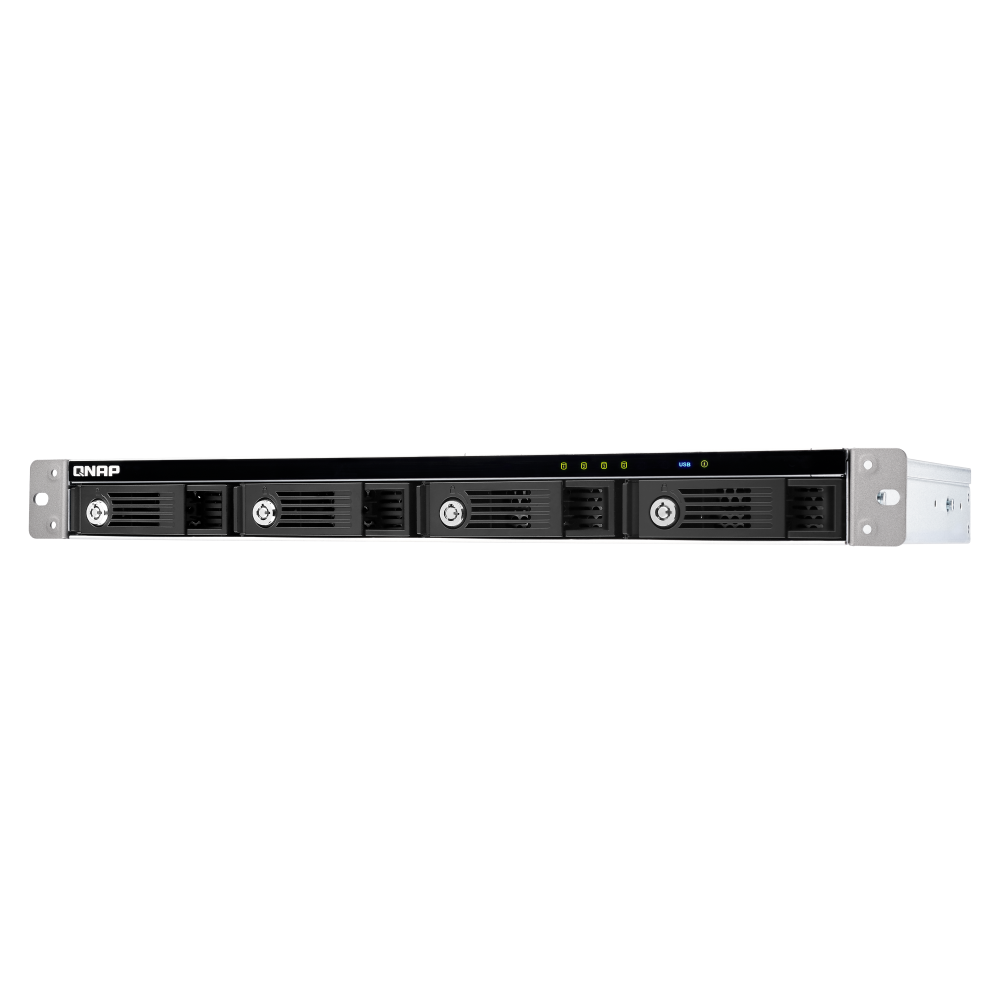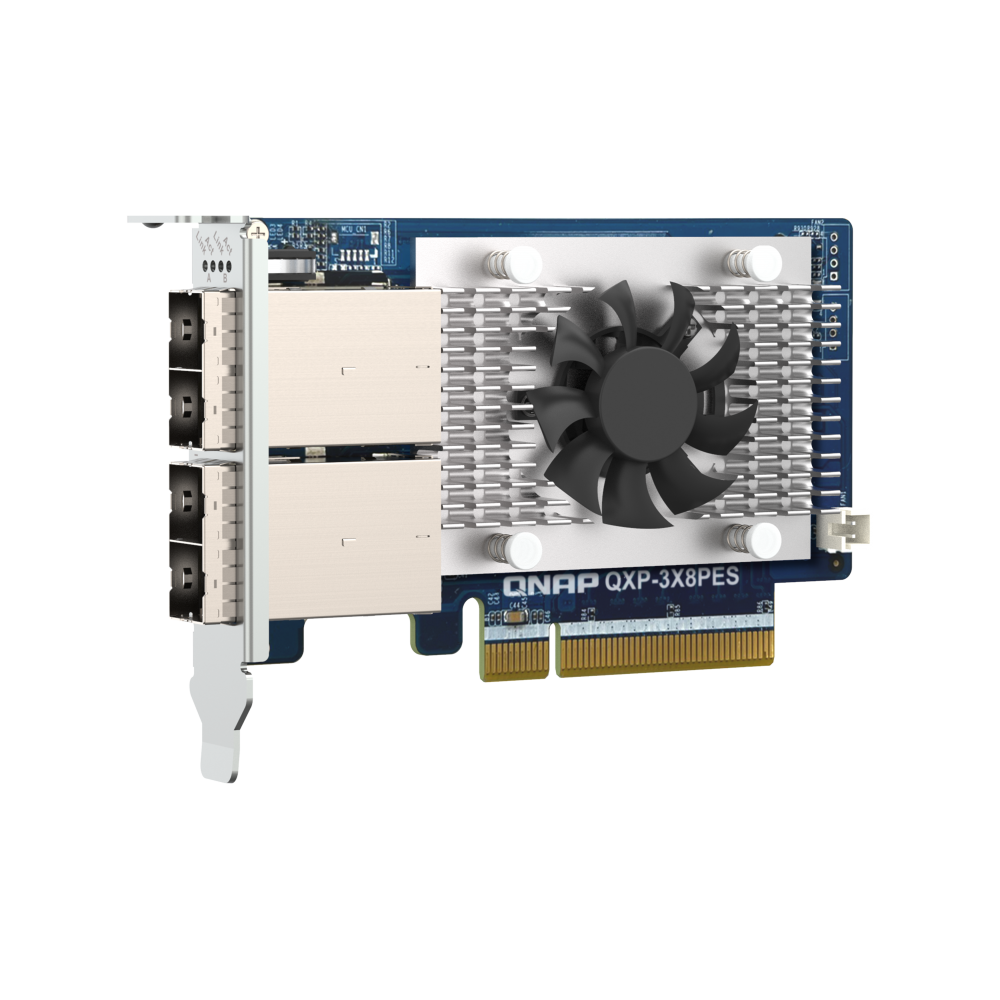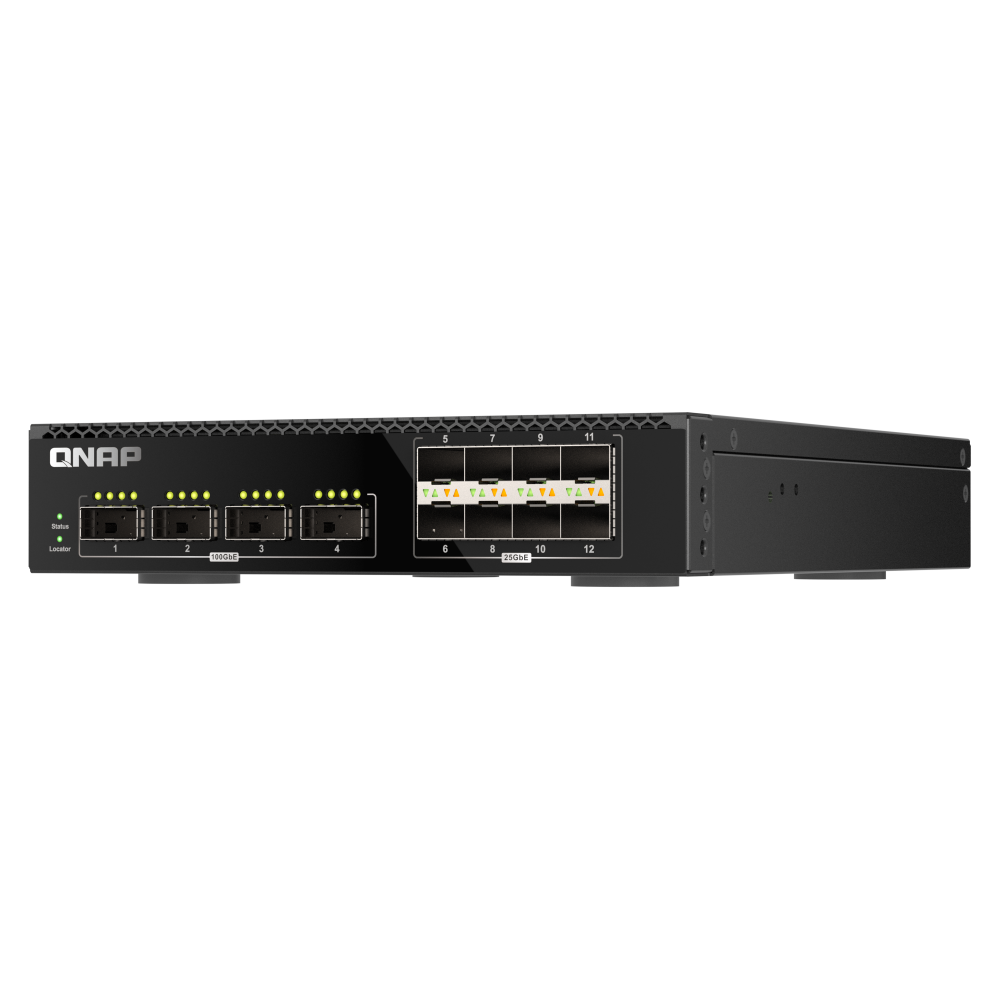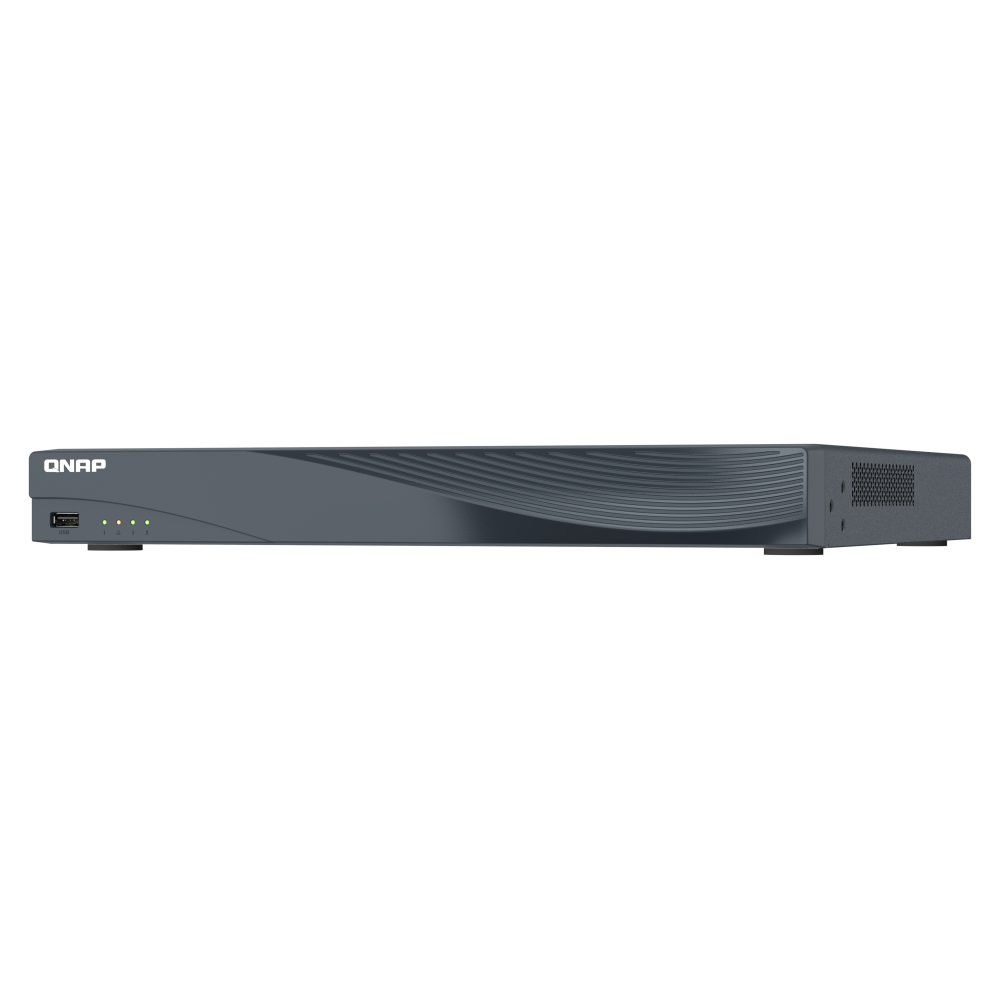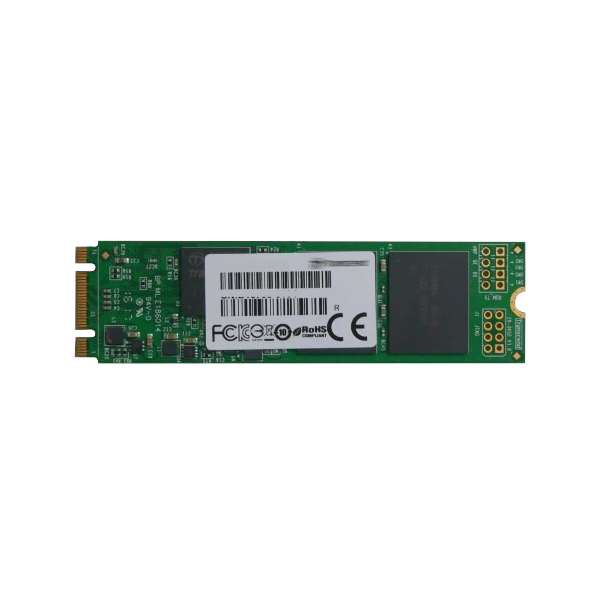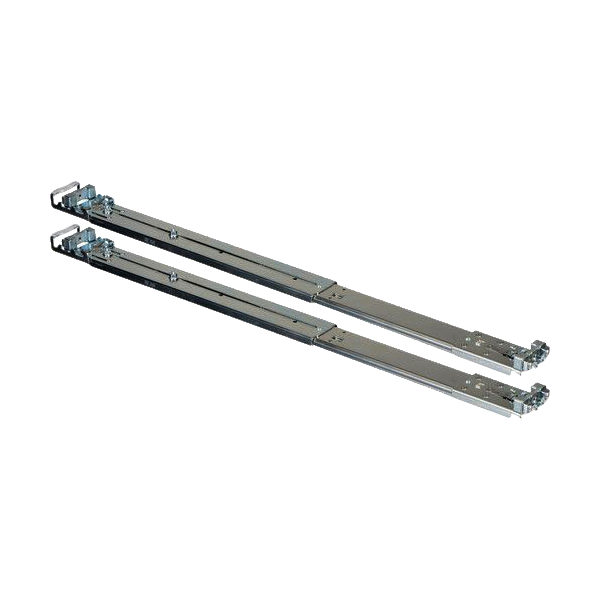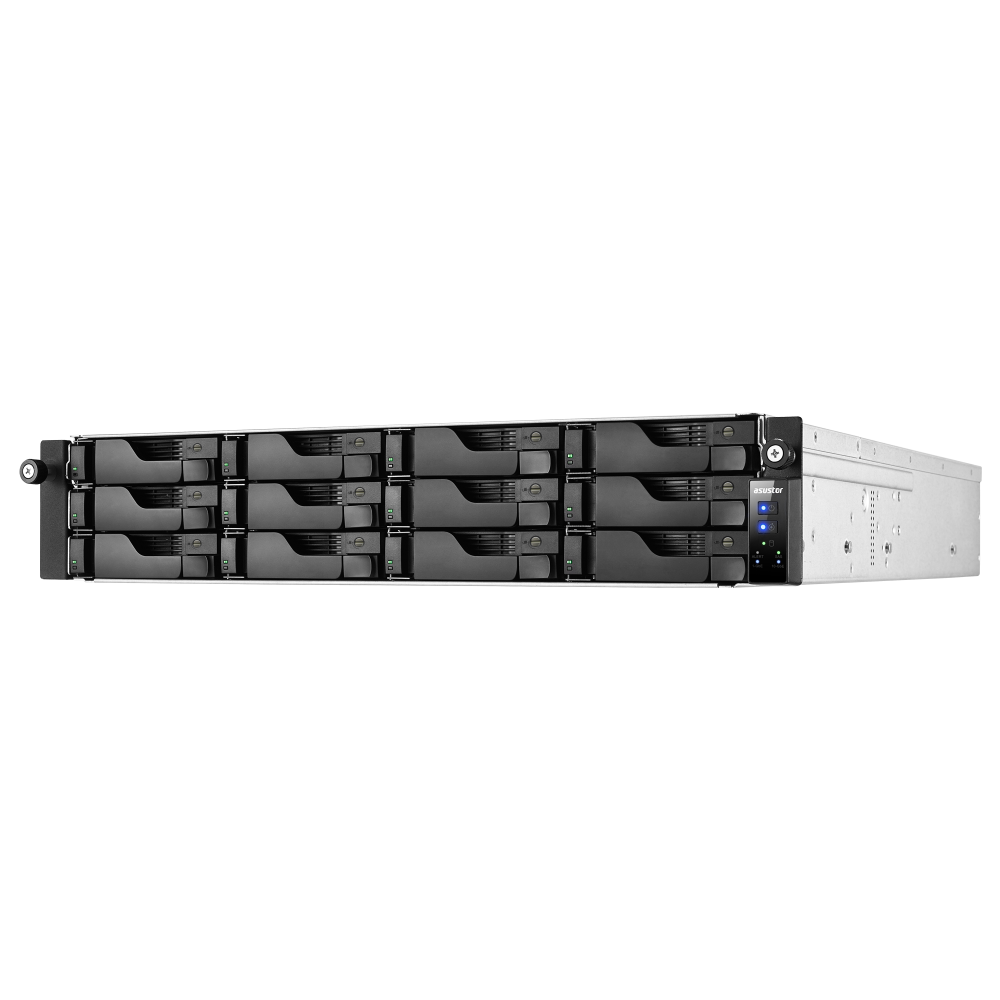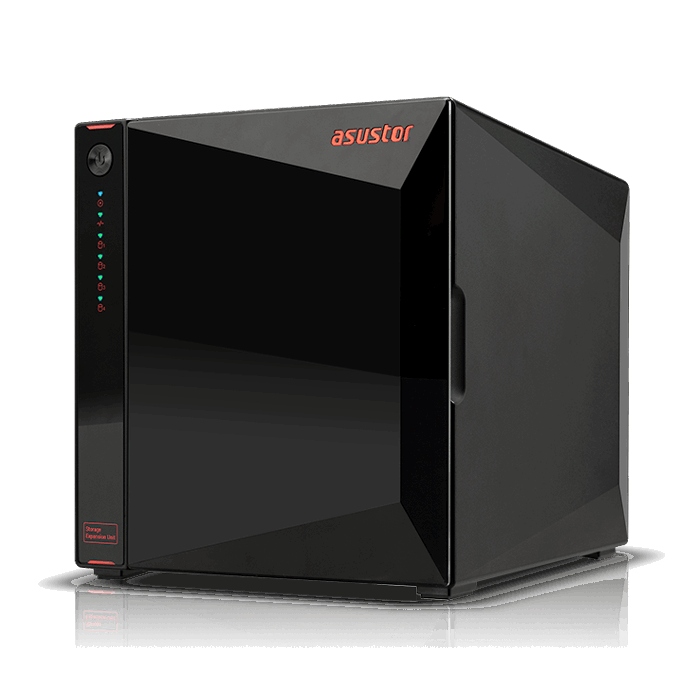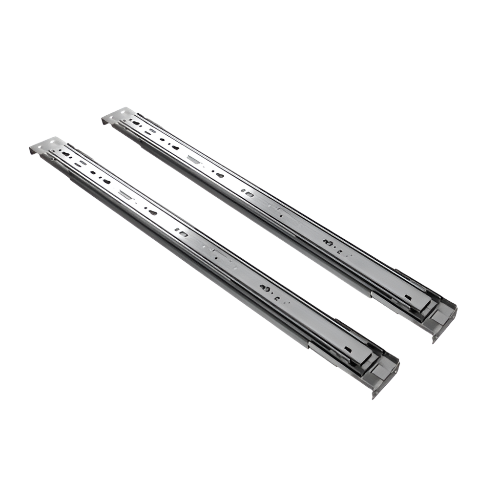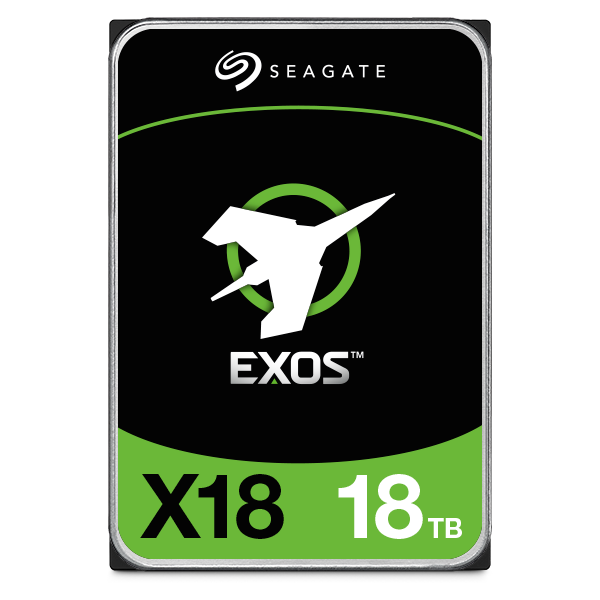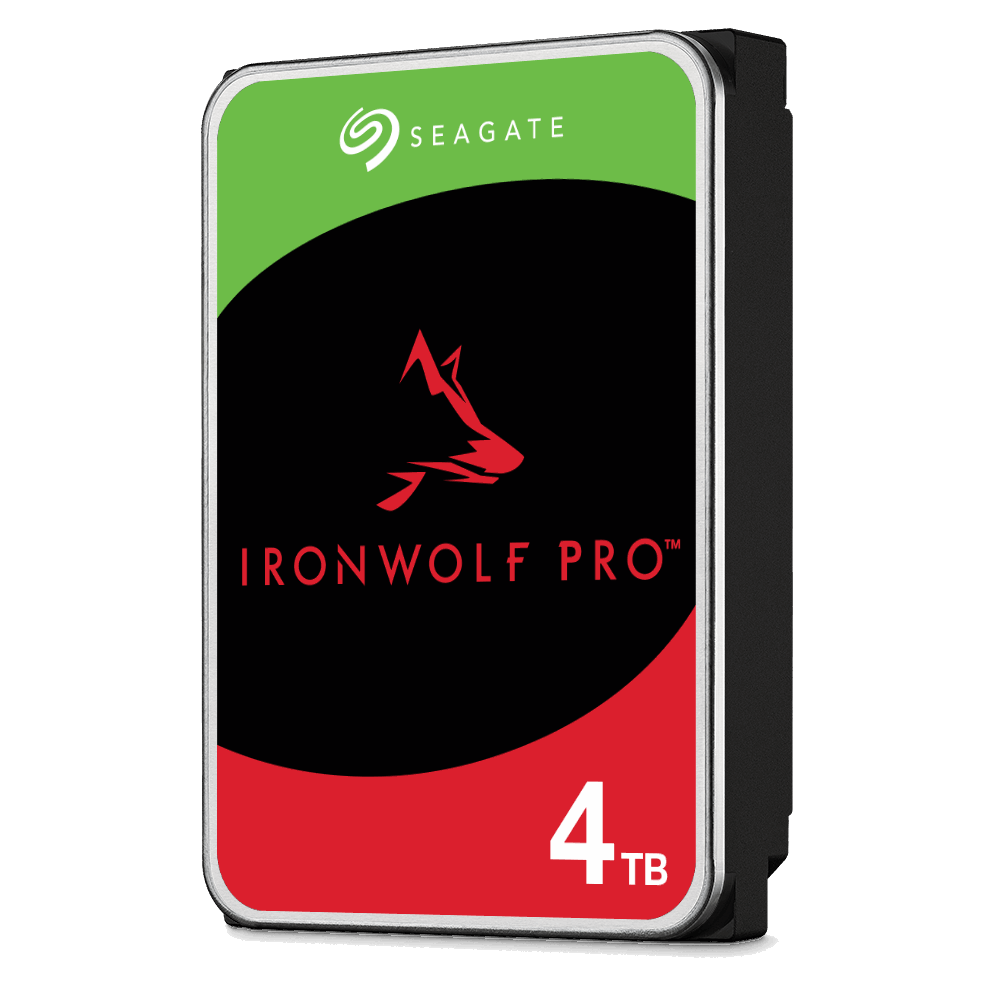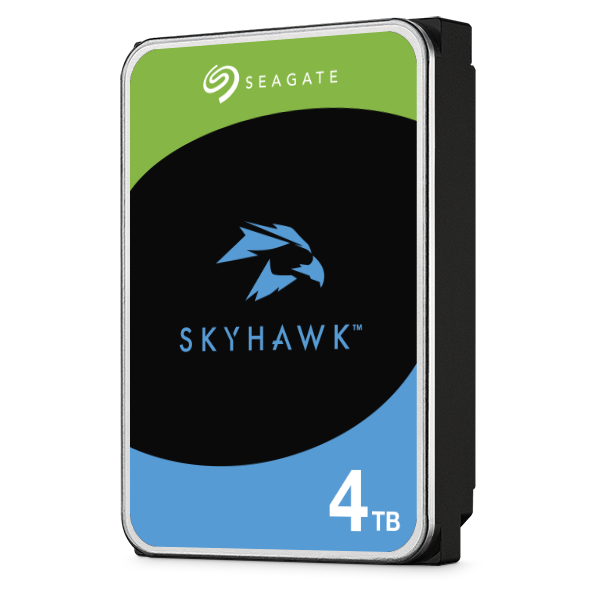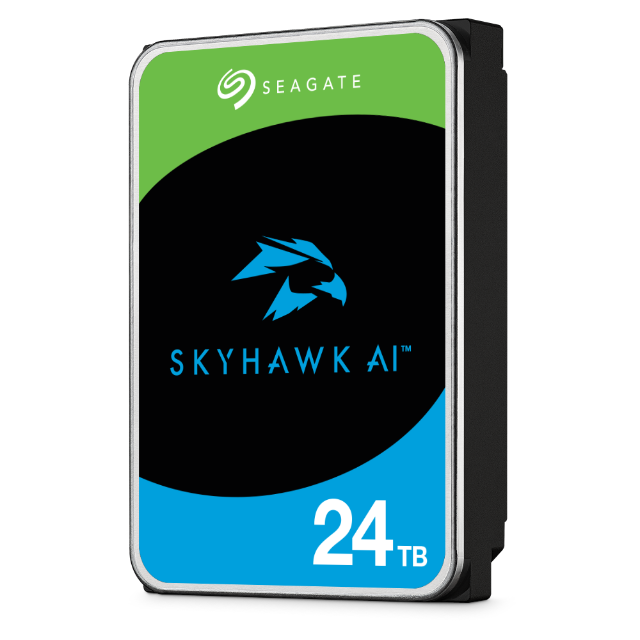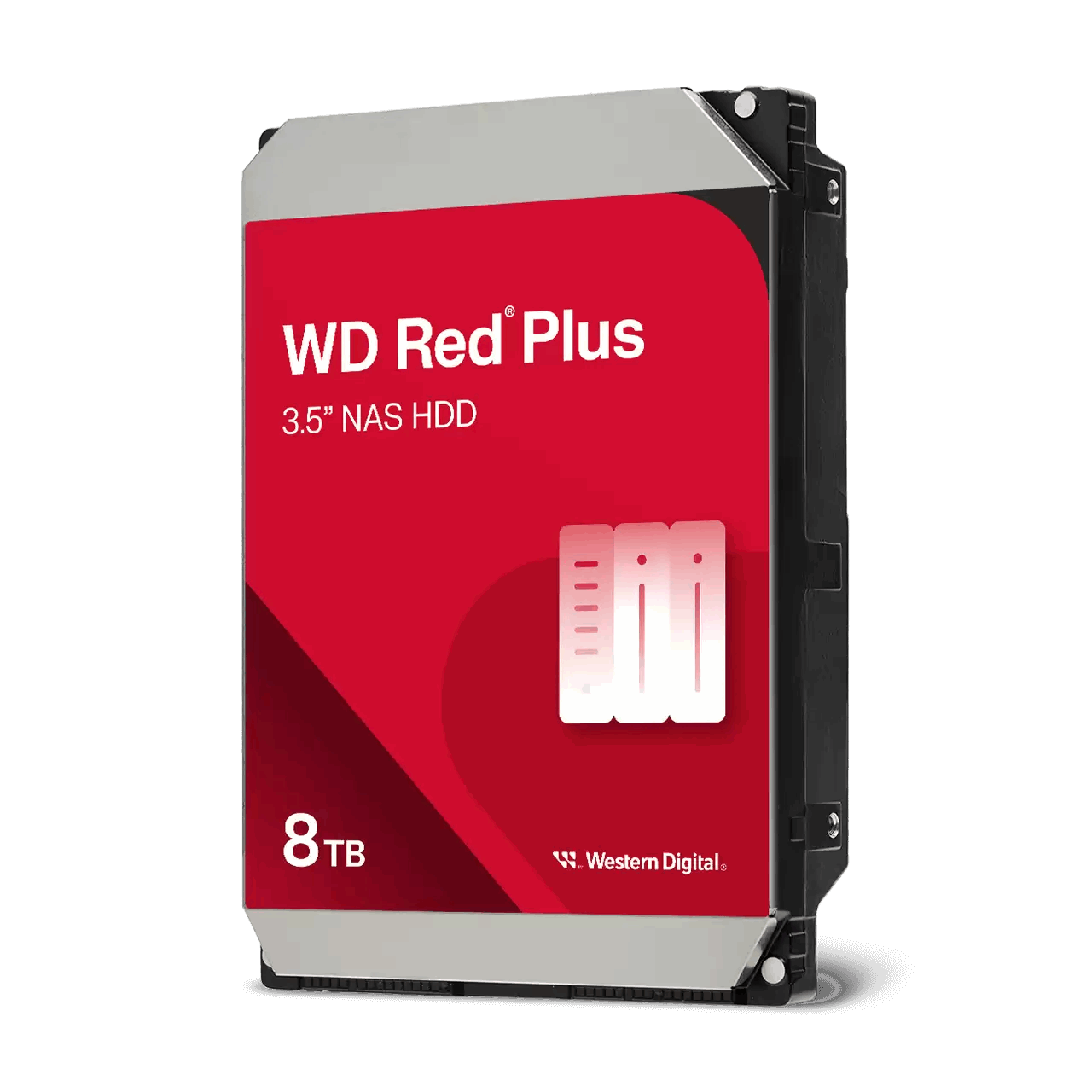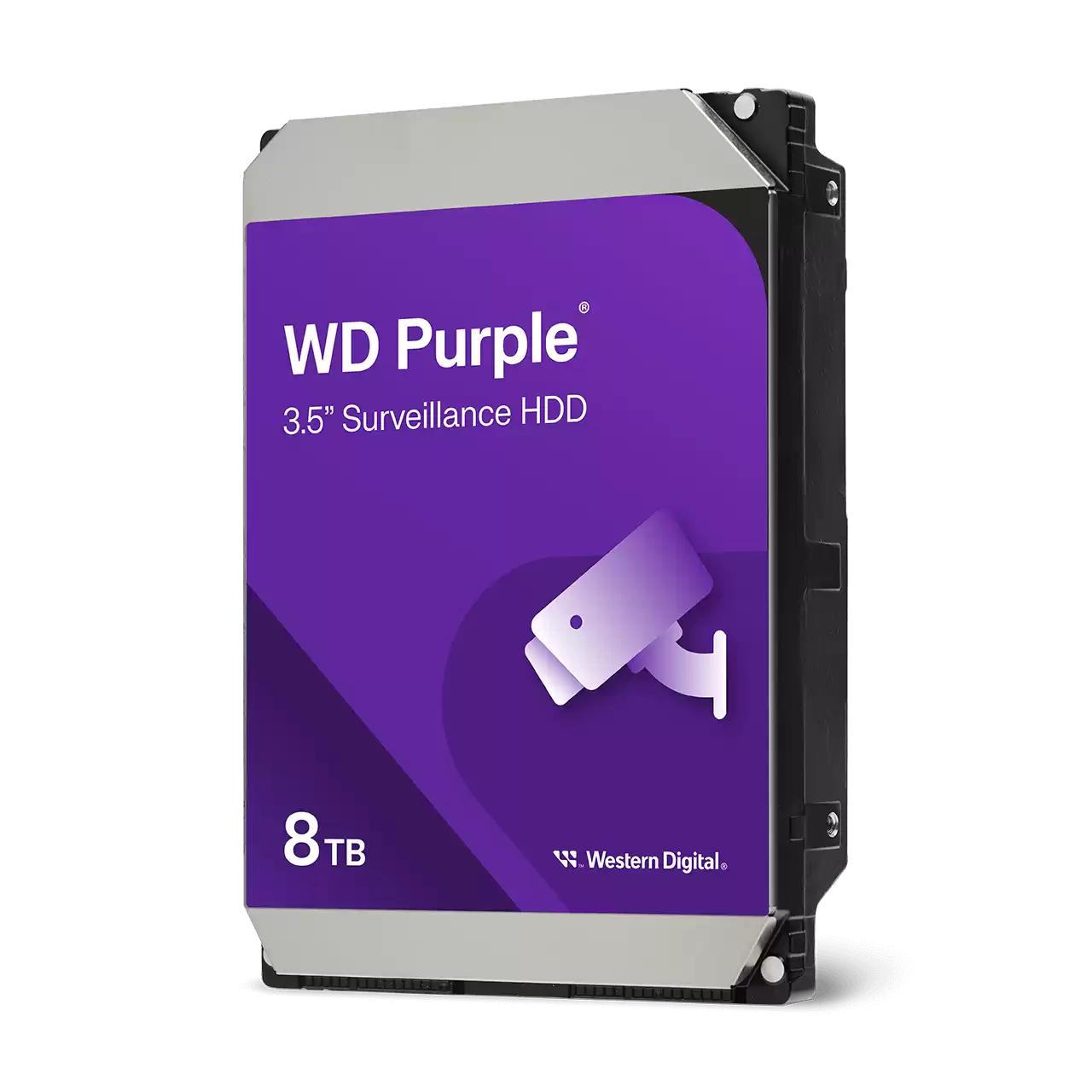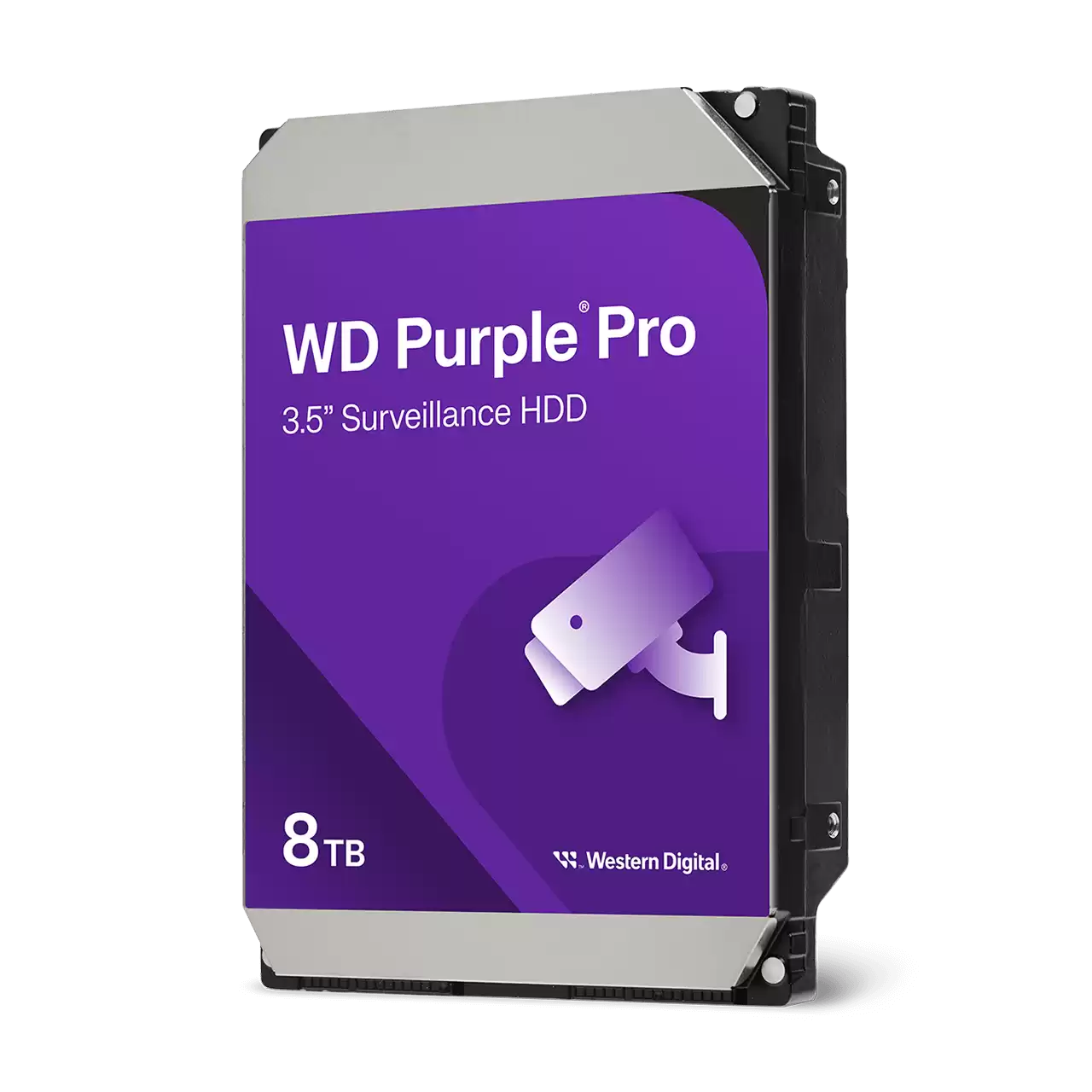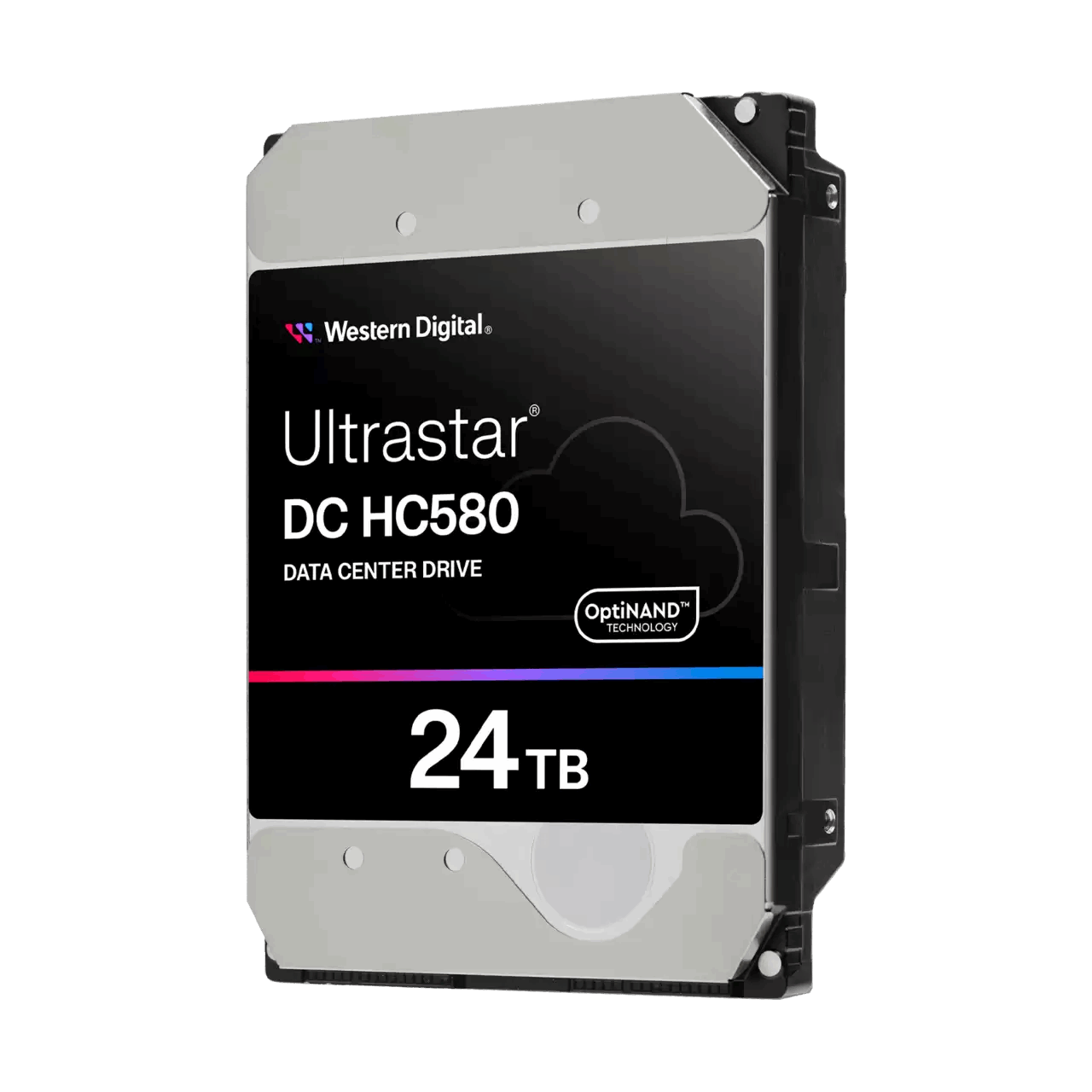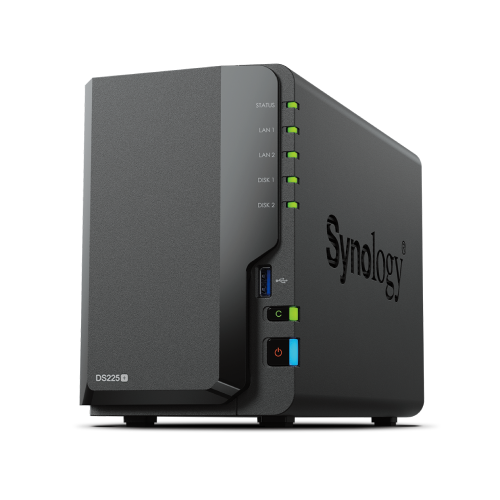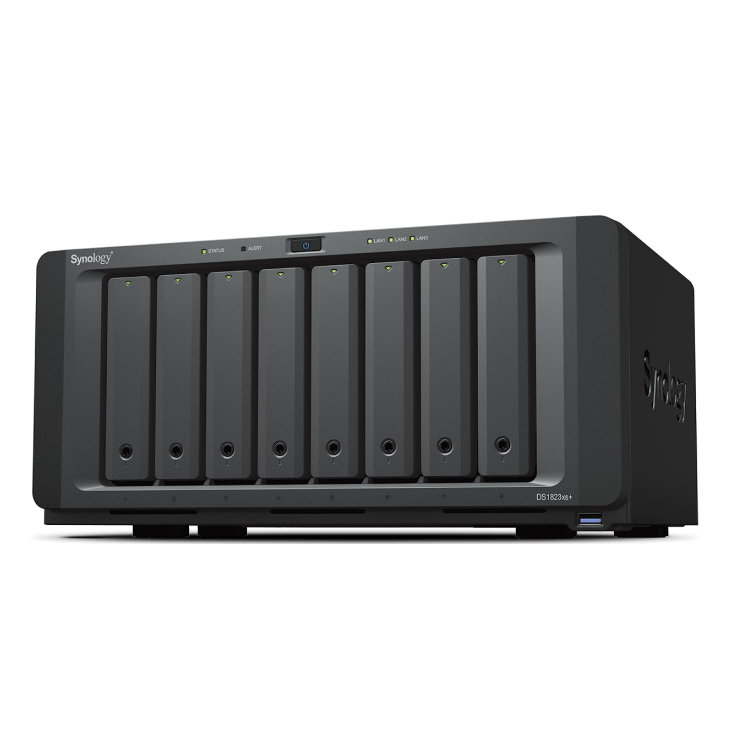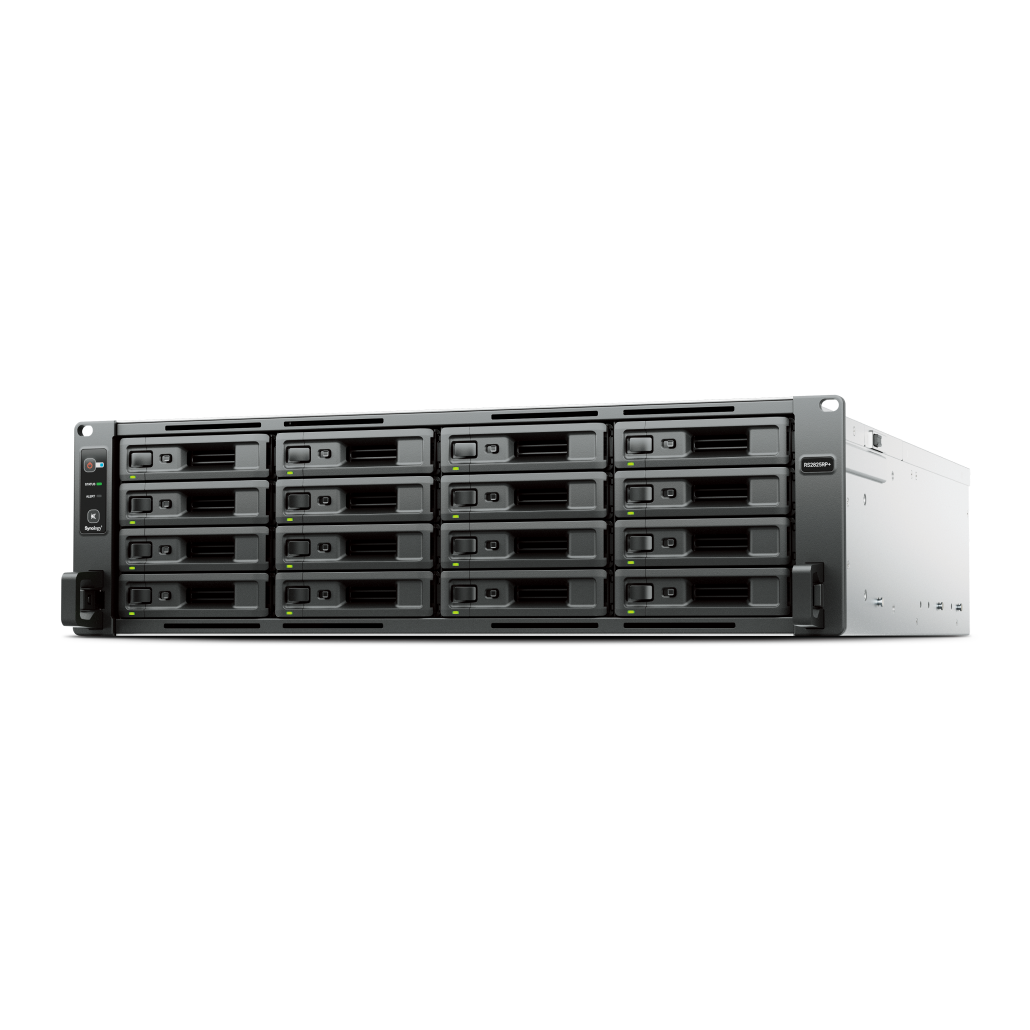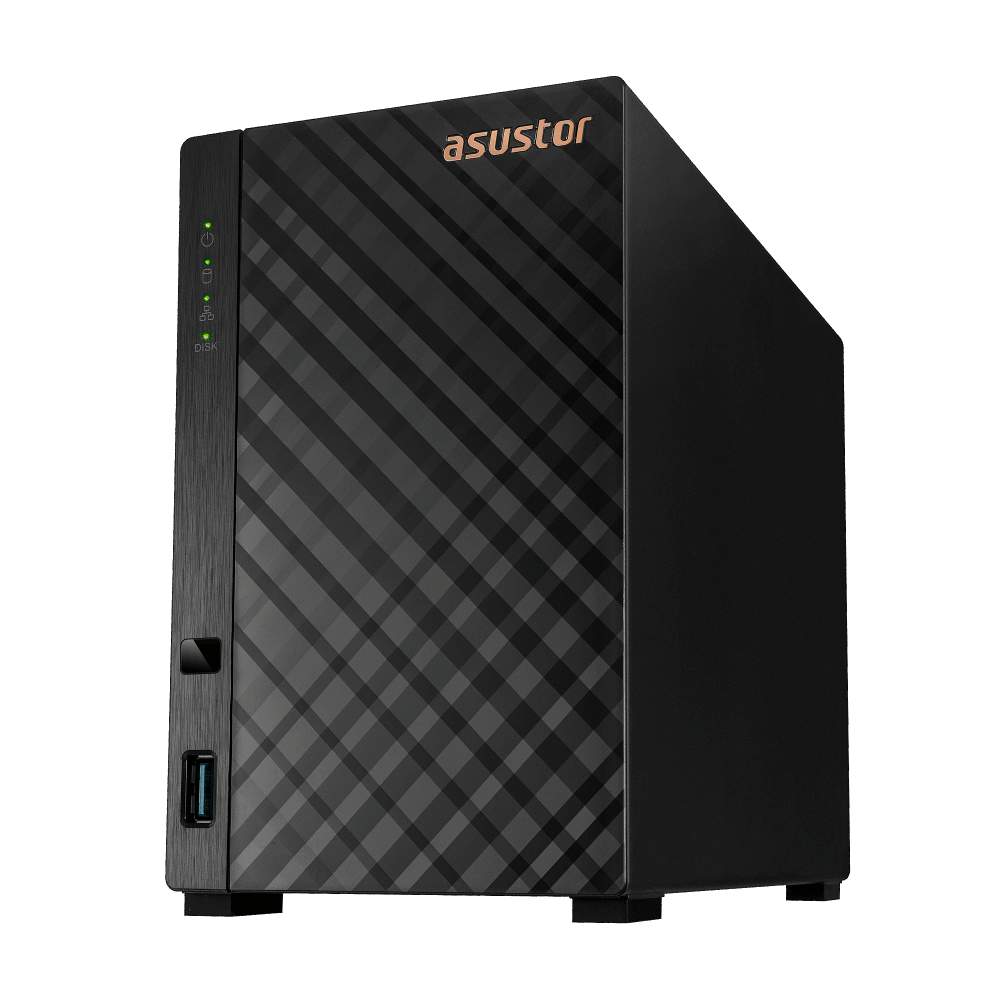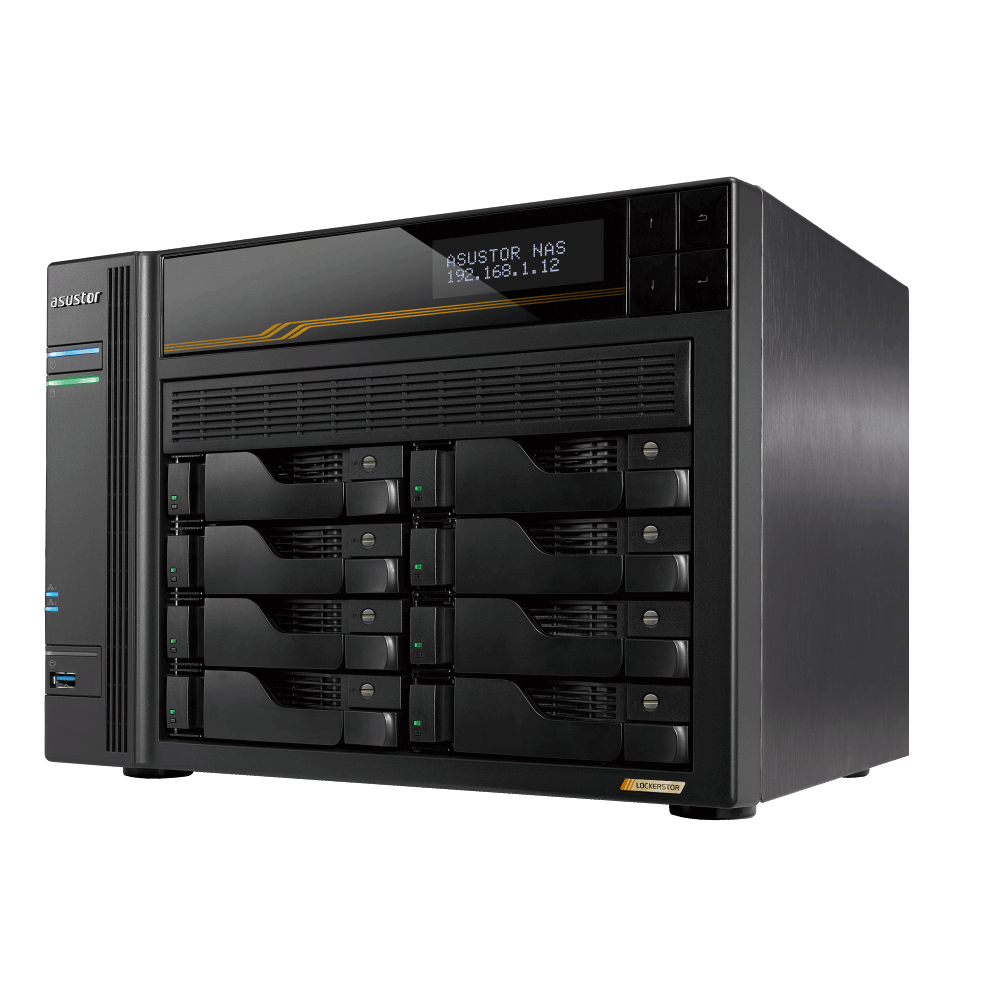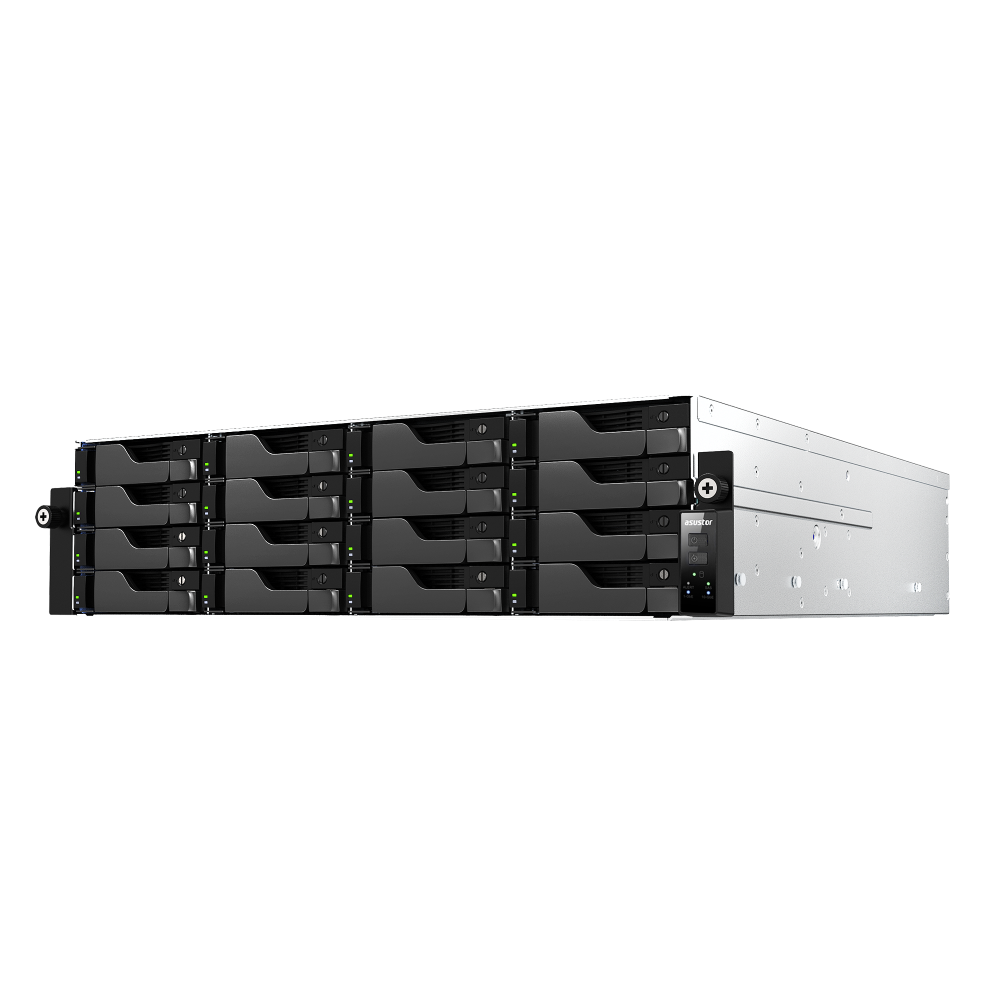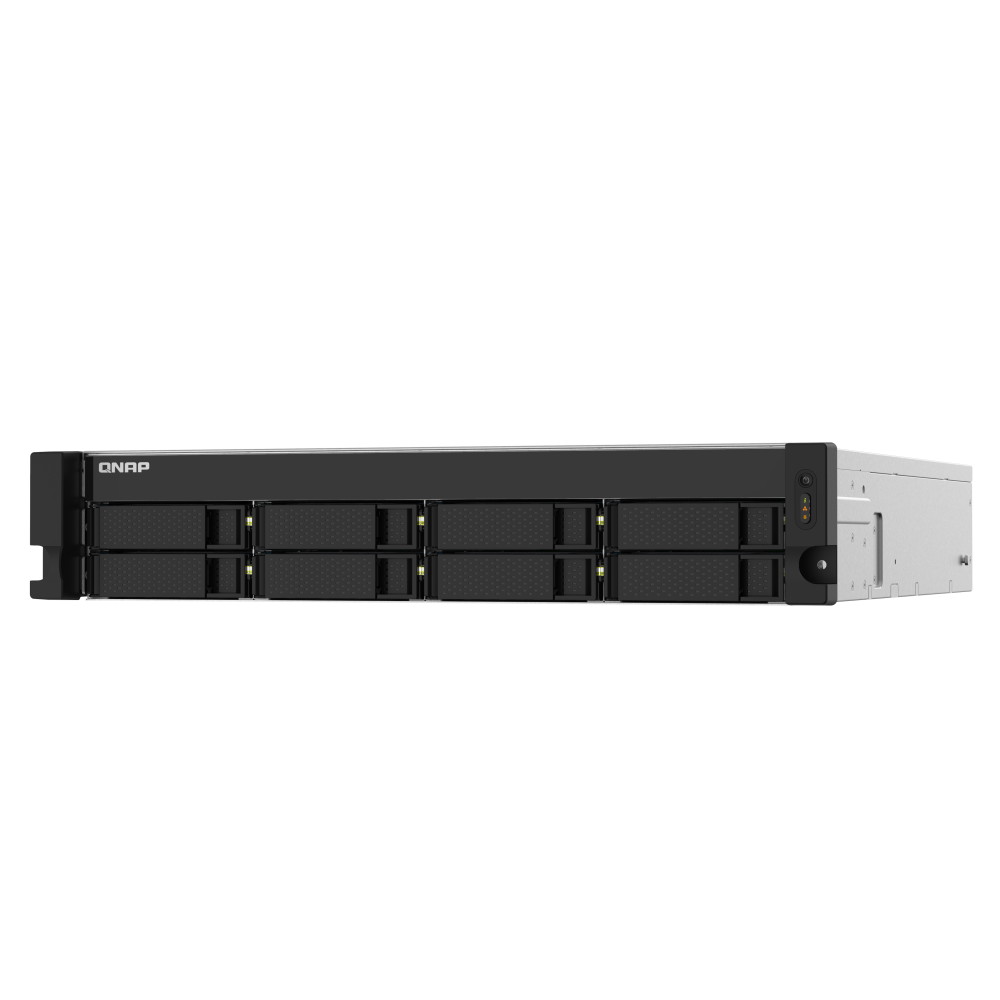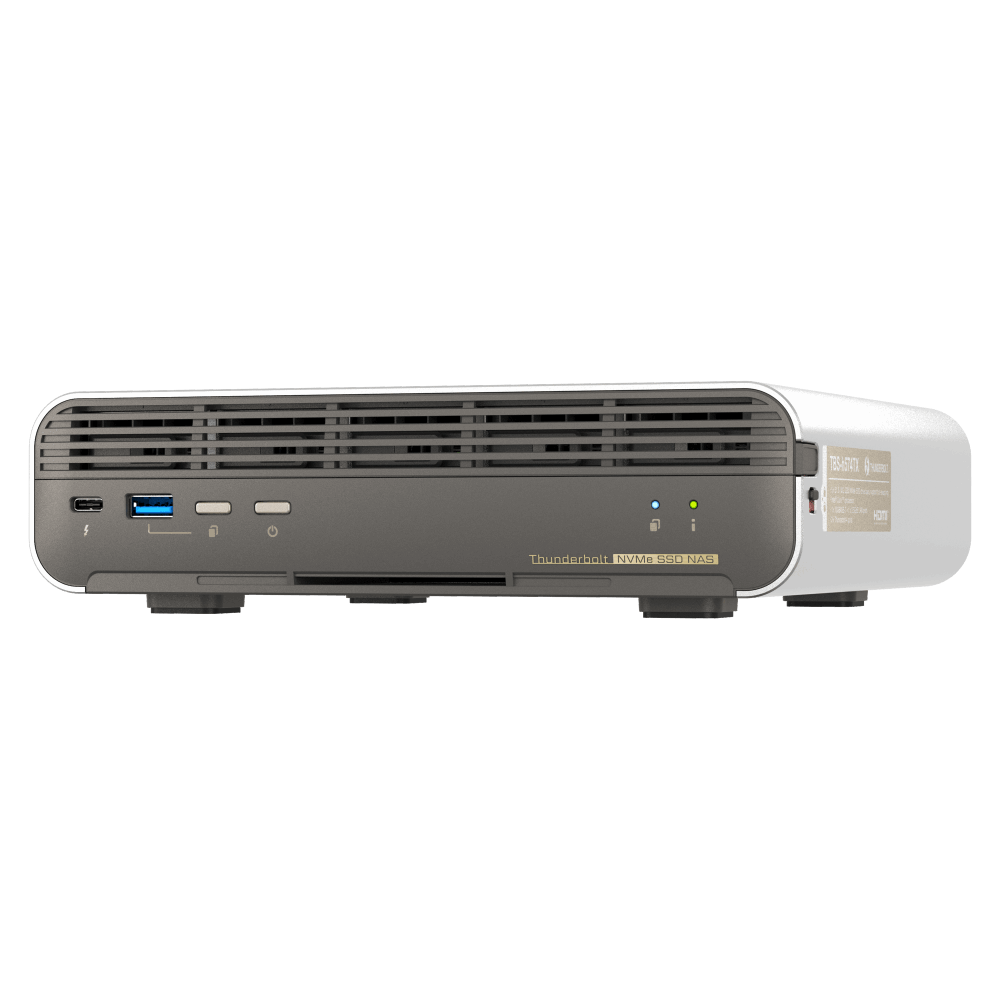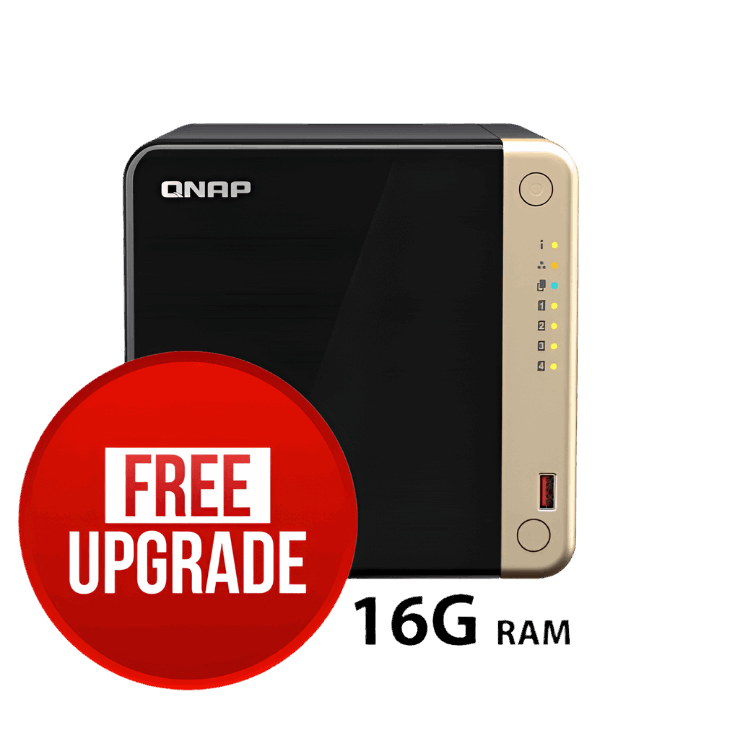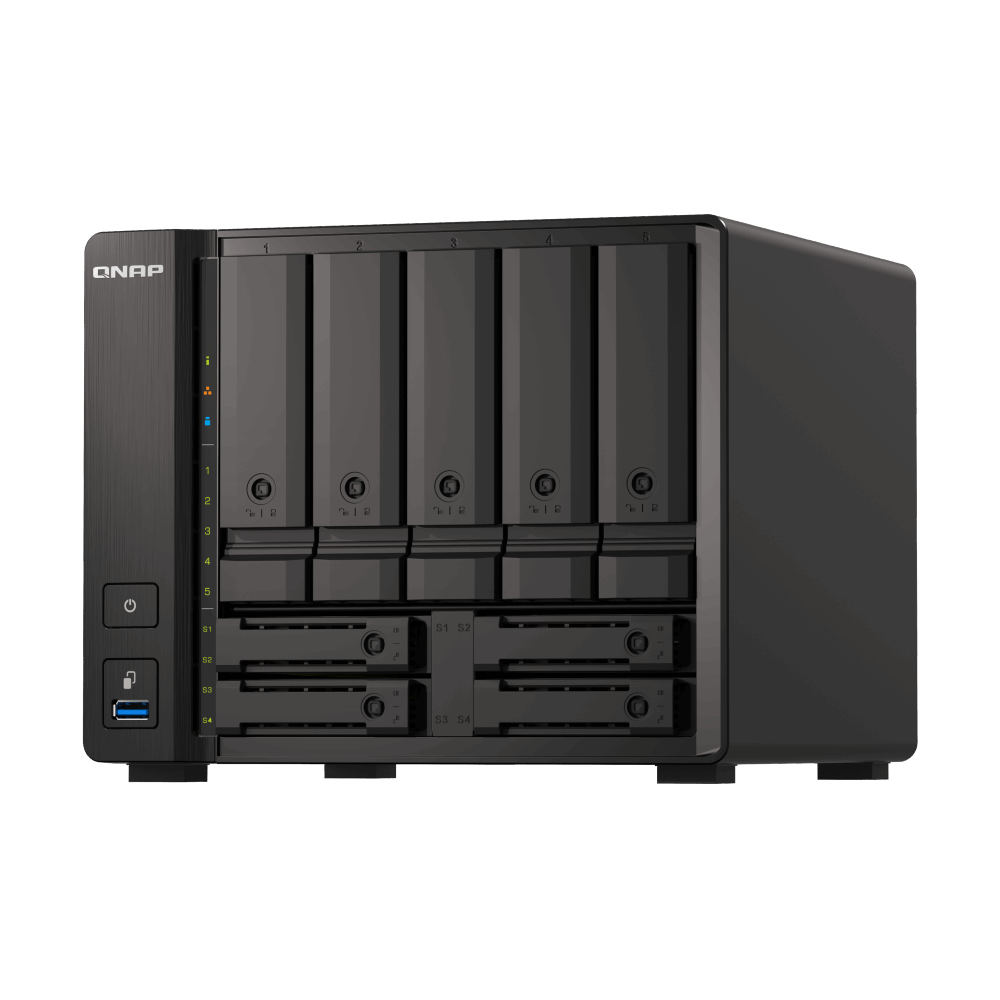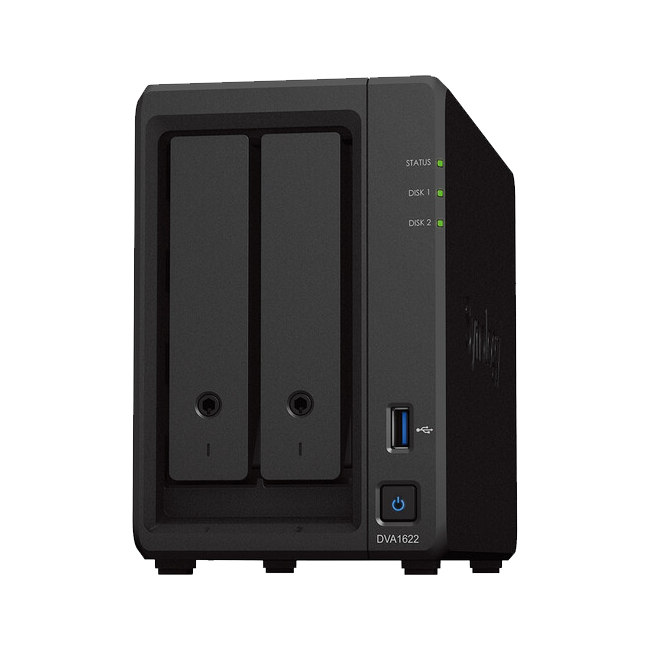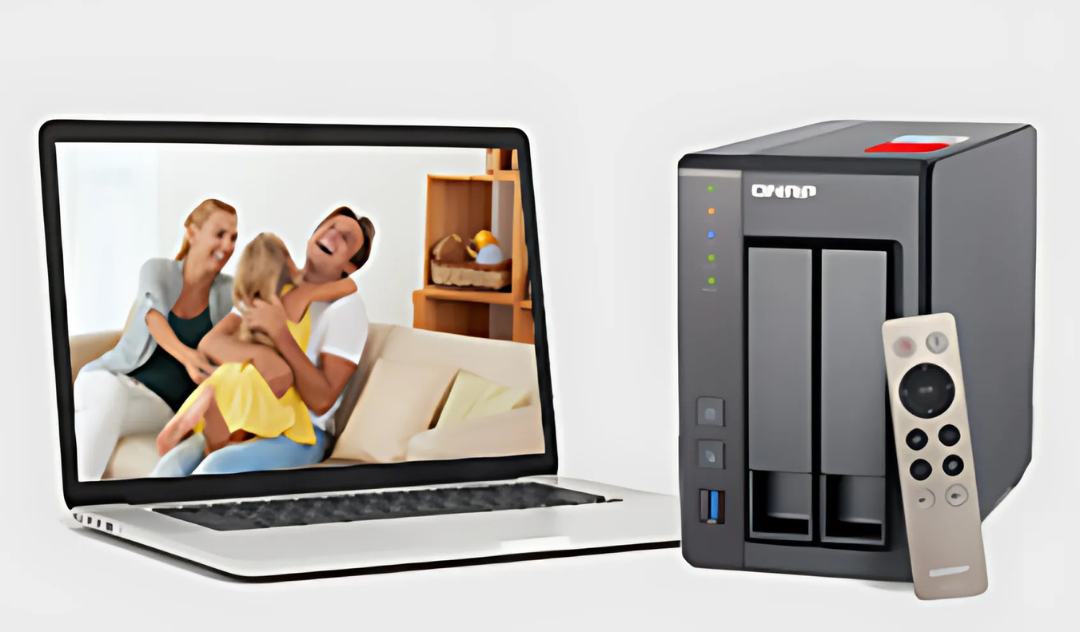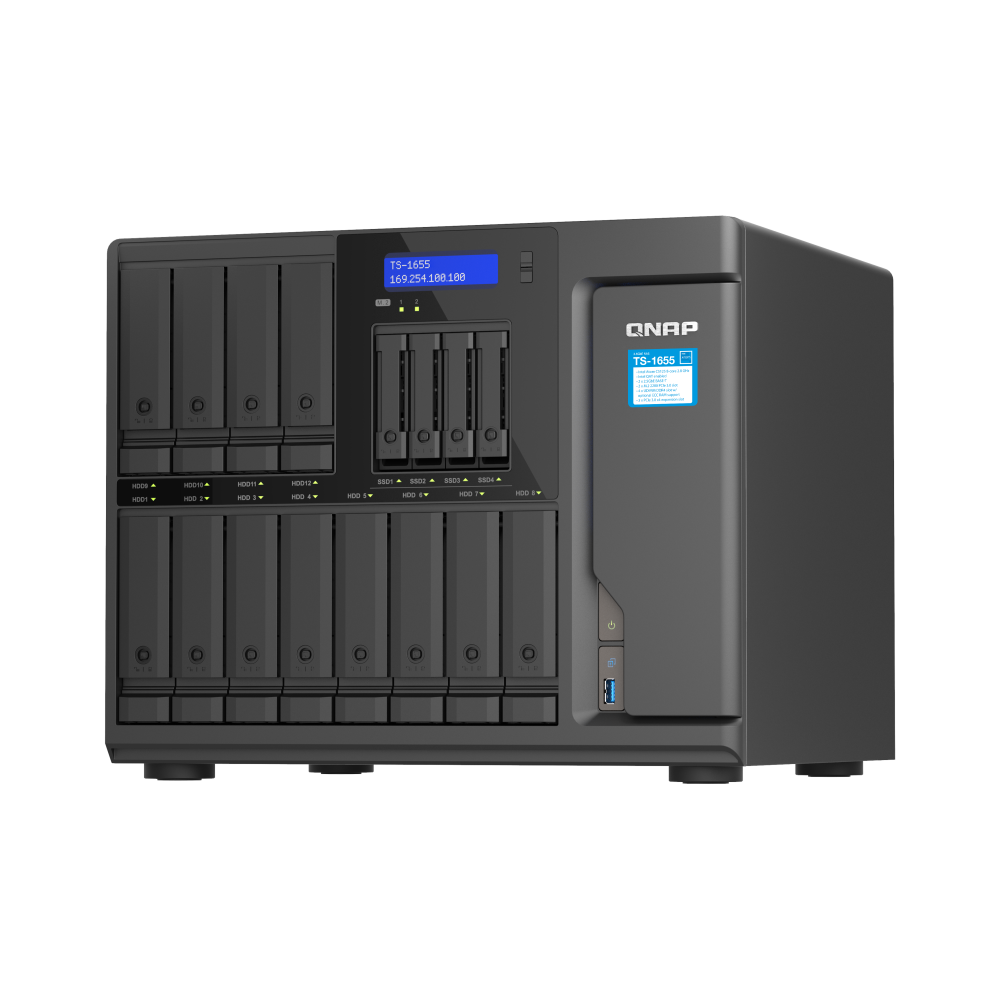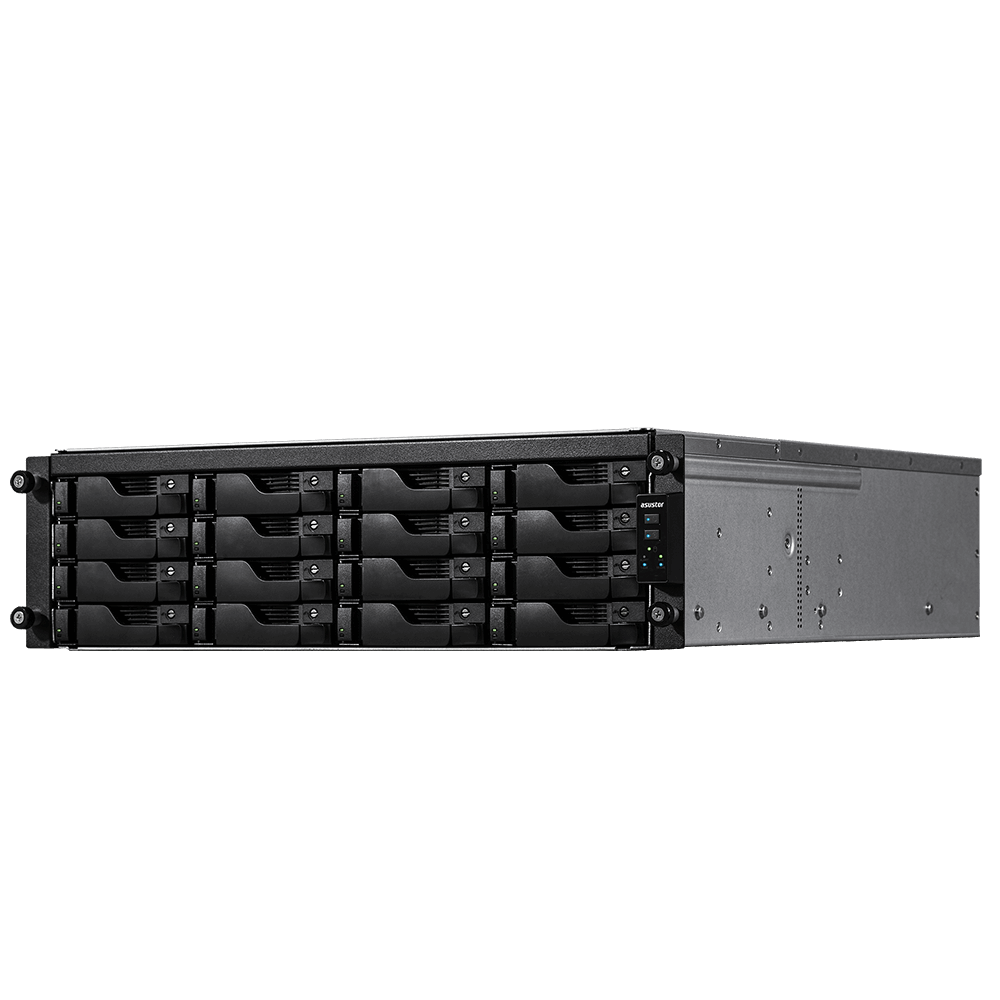QNAP TS‑464 vs Synology DS925+ - Which should you choose?
Quick take
If you want a compact four bay NAS that does a bit of everything on a tight budget, the QNAP TS-464 is the safe all rounder. It includes an Intel Celeron CPU with integrated graphics, dual two point five gigabit Ethernet, two M.2 NVMe slots, and a PCIe slot for adding ten gigabit later. That mix delivers responsive SMB shares for small teams, smooth Time Machine and Windows backups, light containers or VMs, and hardware assisted Plex transcoding with a Plex Pass.
If you want stronger multi user performance and a polished admin experience, Synology DS925+ pushes ahead with a robust CPU, dual two point five gigabit Ethernet, and two M.2 NVMe slots that can be used for cache or as an SSD storage pool. It expands to nine bays with the DX525, which gives offices a cleaner growth path beyond four bays. DSM brings cohesive backup, collaboration, and management apps with Btrfs snapshots and quotas. The trade off is Plex media transcoding. Without Intel Quick Sync, hardware transcode is not available, so plan for direct play or pre transcoded libraries.
Summary. pick TS-464 for versatility, Plex hardware transcode, and a cheap path to ten gigabit. Pick DS925+ for multi user SMB headroom, memory expandable up to 32GB DDR4 ECC, and the DSM software stack.
Contents
- Who this comparison is for
- What both models get right
- Specs at a glance
- Operating systems and data integrity
- File sharing performance and two point five gigabit
- Media streaming and Plex
- Photo and video editing workflows
- Expansion and capacity planning
- Noise, thermals, and power
- Drive choice and compatibility notes
- App ecosystems and backups
- Security posture
- Pricing and total cost of ownership
- Which one should you buy
- Setup patterns that work
- Buying checklist
- Example builds
- Related guides and collections
- FAQs
Who this comparison is for
- Households that want a reliable NAS for Photos, Time Machine, Windows Backup, and Plex
- Home office and small business teams that need fast SMB file sharing, snapshots, and simple administration
- Creatives who work from Lightroom catalogs, photo libraries, or ProRes proxy timelines stored on a NAS
- Buyers choosing between QNAP versatility and Synology simplicity
What both models get right
Both units are modern four bay platforms that suit 2025 buyers. Each offers dual two point five gigabit networking for faster than gigabit transfers and two M.2 NVMe slots to accelerate hot data. Either unit can anchor a sensible three two one backup plan where the NAS holds primary shares and snapshots, a USB disk rotates off site, and a subset replicates to the cloud.
Specs at a Glance
| Feature | QNAP TS-464 | Synology DS925+ |
|---|---|---|
| CPU | Intel Celeron N5095, 4 cores, burst up to 2.9 GHz, Intel UHD Graphics | AMD Ryzen V1500B, 4 cores, 2.2 GHz |
| RAM | 8 GB DDR4 (expandable to 16 GB) | 4 GB DDR4 ECC (expandable to 32GB) |
| Bays | 4 x 3.5”/2.5” SATA HDD/SSD | 4 x 3.5”/2.5” SATA HDD/SSD |
| M.2 NVMe | 2 slots | 2 slots |
| Ethernet | 2 x 2.5 GbE, PCIe upgrade optional (5/10 GbE) | 2 x 2.5 GbE |
| OS | QTS / QuTS hero (ZFS style with integrity features) | DSM with Btrfs, snapshots, quotas |
| PCIe / Expansion | x1 slot Gen3 x2 | N/A |
Operating systems and data integrity
QNAP QTS and QuTS hero
QTS is flexible and rich in apps for backup, sync, and virtualisation. QuTS hero adds a copy on write model with checksums and data integrity features that appeal to cautious admins. You can start on QTS and switch to QuTS hero if you later need stronger safeguards.
Synology DSM with Btrfs
DSM focuses on polished workflows and consistent user experience. Btrfs delivers checksums, snapshots, quotas, and replication. Active Backup for Business, Hyper Backup, Drive, Office, and Photos reduce third party glue and keep operations simple.
File sharing performance and two point five gigabit
Dual two point five gigabit on both systems eases congestion during peak hours. A single two point five gigabit link can deliver around two hundred and eighty megabytes per second in real SMB transfers with tuned clients, which covers several workstations reading media files simultaneously. Link aggregation can push higher aggregate throughput to many clients.
TS-464 can add five gigabit or ten gigabit through the PCIe slot, which gives it a clean upgrade path for a single high performance editing station.
Media streaming and Plex
TS-464 for Plex
The Celeron includes Intel UHD Graphics with Quick Sync that Plex can use for hardware assisted H.264 and HEVC transcoding when you have a Plex Pass. That helps households with mixed clients or when you must convert audio channels or container formats. The TS-464 comfortably handles multiple 1080p transcodes and can handle some 4K downscale scenarios when bitrates are modest. Direct play remains the gold standard for quality and reliability.
DS925+ for Plex
The CPU in DS925+ does not include an integrated GPU block that Plex can use for hardware video transcode. Plan your Plex strategy around direct play clients, pre transcoded libraries, or Plex Media Optimizer. If your home is mostly Apple TV, modern smart TVs, or devices that can direct play, DSM is still a great experience.
Photo and video editing workflows
For photography teams that live in Lightroom Classic, either unit will serve catalogs and RAW files reliably. With two point five gigabit you will see import and preview render times that feel close to a local SATA SSD for small batches, provided previews write back to a local NVMe cache on the workstation. TS-464 takes the upgrade crown if you plan to step up to ten gigabit later through the PCIe slot. DS925+ counters with a stronger CPU for SMB metadata operations under load and memory expandable up to 32GB DDR4 ECC, giving multi-user environments more memory headroom for caching, snapshots, and heavier workloads.
For video teams, map media types to network capacity. ProRes proxy and lower bitrate H.264 long GOP timelines run well over two point five gigabit to a handful of editors. If you intend to expand to multi cam proxies or higher bitrate intraframe codecs, plan for ten gigabit sooner. TS-464 lets you add that link in box. DS925+ asks you to solve it at the switch level or to choose a model with native ten gigabit.
Expansion and capacity planning
QNAP expects you to add capacity by swapping to larger drives or by attaching compatible expansion units, which can increase the total number of bays by 2-16 bays. Synology positions DS925+ with a single DX525 five bay expansion that reaches nine bays total. With eighteen or twenty terabyte drives, you can achieve large raw capacities that delay a platform replacement. Always update your 3-2-1 backup plan before any rebuild.
Noise, thermals, and power
TS-464 uses a single one hundred twenty millimeter fan and typically draws around forty watts with disks active. DS925+ uses dual ninety two millimeter fans, lists a quiet idle noise figure suitable for studio spaces, and publishes access power in the high thirty watt range. In a ventilated cupboard both units fade into the background.
Drive choice and compatibility notes
Synology maintains compatibility lists that you should follow for DS925+. In recent generations the company has encouraged Synology branded drives on Plus series models to preserve full feature support. QNAP does not enforce vendor lock on TS-464, but you should still choose from its compatibility lists for predictable behavior. In either case, test new batches with SMART long tests and keep at least one cold spare on the shelf.
App ecosystems and backups
QNAP
QTS has grown into a broad platform. Hybrid Backup Sync covers local, remote, and cloud targets with versioning. QuDedup reduces network and storage load for off site copies. Container Station and Virtualization Station let you run services on box. QVR manages camera recording with usable free channels. The flexibility appeals to power users who want options.
Synology
DSM favors opinionated, well polished workflows. Active Backup for Business is excellent for Windows and Linux endpoints. Hyper Backup handles USB and cloud versions with straightforward restore paths. Drive, Office, and Photos form a cohesive suite for small teams. Surveillance Station is mature and scales well.
Security posture
Both vendors ship frequent OS updates. QNAP offers QuTS hero for end to end checksums and ZFS style safeguards. Synology uses Btrfs with snapshot replication for off site resiliency. Regardless of platform, keep the NAS behind a router, disable direct WAN exposure, use a VPN for remote access, enable snapshots, and attach a UPS. Test shutdown rules and simulate outages so you avoid metadata damage during power cuts.
Pricing and total cost of ownership
Street prices change often, so focus on the upgrade path you will actually use. TS-464 has a PCIe slot, which means an in box ten gigabit path later that can keep your switch costs low. DS925+ on the other hand, gives you the ability to upgrade the RAM up to 32GB DDR4 ECC, which can avoid full platform replacement when your team grows. Factor in drive choice and support policies. Synology owners who standardise on certified or branded drives may spend more per terabyte but gain smoother support. QNAP owners may spend less for raw capacity while keeping optionality.
Which one should you buy
Choose QNAP TS-464 if
- You care about Plex hardware transcoding for mixed clients that cannot direct play
- You want the option to add five or ten gigabit later through a PCIe card
- You prefer an open app ecosystem with lots of configuration options
- You plan to tinker with containers or light VMs on the NAS
Choose Synology DS925+ if
- You want a stronger CPU for multi user SMB traffic and a longer growth path with nine bays
- You value DSM’s polished admin experience, Btrfs snapshots, and first party apps that reduce third party complexity
- You mostly direct play media, or you pre transcode and do not need hardware transcode
- You prefer quieter idle noise in a studio environment
Setup patterns that work
- Create a main share for projects and a second share for archives. Enable snapshots on both and replicate snapshots to a second NAS or to the cloud
- For photo teams, enable a small SSD cache for thumbnails and previews. Keep Lightroom catalogs on the workstation SSD and RAWs on the NAS
- For home media, prefer direct play wherever possible. Use clients that support native codecs. If you must transcode, prefer the TS-464 and keep bitrates modest
- Run two point five gigabit to every desk that regularly moves large files. Laptops can use USB C to two point five gigabit adapters. Aggregate links at the NAS if your switch supports it
- If you intend to reach ten gigabit this year, budget it now. The QNAP path is a drop in card. On Synology, choose a model with native ten gigabit or plan a compatible switch
Buying checklist
- Capacity for the next thirty six months based on growth, not just today’s data
- A network plan that includes at least two point five gigabit where you need speed, not just at the NAS
- Snapshot, replication, and off site policy written down, tested, and owned by a named person
- Drive choice aligned to vendor compatibility lists, plus spares
- A simple power plan. NAS on a UPS, router and switch on the same UPS, shutdown rules configured
Example builds
Value media and fileserver build with TS-464
- Four x twelve terabyte NAS HDD in RAID 5
- Two one terabyte NVMe for read cache
- Dual two point five gigabit to a managed switch
- Optional ten gigabit card later for a single edit bay
- Start with QTS and trial QuTS hero later
Growing office build with DS925+
- Four x sixteen terabyte NAS HDD in RAID 6
- Two one terabyte NVMe SSDs as an SSD pool for hot team folders
- Dual two point five gigabit with link aggregation
- DX525 planned for year two when headcount rises
- DSM with Hyper Backup to a cloud target and Snapshot Replication to a branch NAS
Related guides and collections
How to Choose a NAS
Step by step framework for bays, CPU, RAM, networking, and backups.
Read the guideNAS with 10GbE
High throughput models for editing from shared storage and multi user collaboration.
Browse 10GbE NAS
